Contents
- Origin & History
- Appearance & Special Features
- Character & Temperament
- Family Life & Living Together
- Training & Education
- Health & Common Topics
- Coat Care & Daily Routine
- Nutrition & Weight
- Exercise & Enrichment
- Apartment, City Life & Travel
- Puppy Phase & Socialization
- Getting One, Costs & Responsibility
- Who Is the Havanese Right For?
- Breed Profile
- More Breeds & Guides
Origin & History
The Havanese (Bichon Havanais) comes from the Caribbean—especially Cuba—and belongs to the Bichon family. As a companion dog in port cities, it was valued for its friendly nature and climate-adapted coat. Sailors brought the breed to Europe, where it became a charming family companion. Today the Havanese is a modern city and family dog that seeks human closeness and quickly settles into routines.

Appearance & Special Features
Typical traits are a compact, slightly longer body, dark expressive eyes, and a long, silky coat in many colors—white and cream, gold and fawn, black, bicolor, and tricolor. Undercoat is often sparse; many Havanese shed little (that doesn’t replace grooming, but cleaning is easier). Height at the shoulder is usually 21–29 cm (about 8–11 in); weight around 4–7 kg (about 9–15 lb).
The gait is springy and light, the expression friendly and alert. The coat can be kept long or trimmed into an easier “pet cut.” Vision matters: gather long fringe with a soft tie so the eyes stay clear.
Character & Temperament
Havanese are cheerful, people-oriented, playful, and surprisingly clever. They love contact and eye engagement without getting hyper when you provide rest periods. Many have a sense of humor and perform little “clown acts” to get attention. With strangers they are politely curious, not pushy. As little “doormen” they like to alert, but with training this is easy to manage.
Family Life & Living Together
Havanese thrive with clear structure: set rest times, short play sessions, shared walks. They pair well with respectful children. Other dogs are usually fine; with very boisterous playmates, insert breaks. Cats can work with proper introductions. Thanks to their size, Havanese fit well in apartments—provided they get daily enrichment and reliable routines.

Training & Education
This breed learns quickly—aim for sessions that are positive, short, and varied. Be consistently kind rather than strict: clear cues, a calm voice, small rewards. Work early on sit, down, stay, recall, and loose-leash orientation.
- Impulse control: wait at doors and curbs, reward eye contact (how-to).
- Loose-leash walking: build in micro-steps—see leash-walking guide.
- Home alone: increase very slowly to prevent separation issues (step-by-step).
- Brain work: tricks, targets, small nose-work games (ideas).
Health & Common Topics
The Havanese is generally robust, but keep an eye on:
- Patellar luxation: monitor knee health, limit jumping.
- Teeth: small breeds build tartar quickly—introduce oral care early.
- Eyes: watch for tear stains and irritation; keep hair around the eyes clean.
- Skin & allergies: maintain the long coat regularly; use gentle shampoos.
- Weight: keep them lean to protect joints.
Regular vet checks, responsible breeding, and proper care are the best prevention.
Coat Care & Daily Routine
The long coat needs consistent care. Daily brushing prevents mats; follow with a comb check. Bathe as needed, then dry and detangle well. For less effort, choose a pet cut and tidy the edges regularly. Keep eye corners and beard clean; check paws and nails.
- Tools: soft brush, dual-tooth comb, dematter, nail trimmer.
- Protection: tie up the forelock with a soft band to free the eyes.
- Day-to-day: remove leaves after walks; in winter watch for snow clumps.

Nutrition & Weight
A quality diet with appropriate calories keeps a Havanese fit and trim. Weigh meals and count treats. For sensitive tummies, transition slowly to well-tolerated recipes. Crunchy chews support dental hygiene. Fresh water is always available.
Exercise & Enrichment
Daily activity is needed—in moderate amounts. Several short walks, free sniff time, and small games are enough. Skip long runs or bike tours. Mental work matters: tricks, scent games, and mini challenges.
- Daily plan: calm orientation walk in the morning, quick potty break at noon, varied sniff/play session in the evening.
- Recall & safety: refresh recall often (training) short leash near traffic.
Apartment, City Life & Travel
Thanks to size and adaptability, the Havanese is great for urban living. They like to alert—teach a “quiet” cue from day one. Go easy on stairs during growth. For trips, a secure travel crate helps; plan breaks, water, and a familiar blanket. For basics, choose a soft collar and a well-fitting leash.
Puppy Phase & Socialization
Start early—but in small doses. Introduce new places, sounds, surfaces, and people gradually. For those first outdoor steps, see our guides: First walks and Puppy training. Loose-leash skills, recall, and rest periods are the foundation.

Getting One, Costs & Responsibility
Before you adopt, be honest about time, coat care, and training. Choose a responsible source with health documentation. Ongoing costs include food, grooming, vet care, insurance, and gear. Helpful checklist: buying a puppy. A positive-methods dog school helps fine-tune everyday life.
Who Is the Havanese Right For?
- Families and singles who value closeness and provide clear routines
- People who train kindly and consistently and enjoy practicing
- City dwellers planning short daily walks plus brain work
- First-time owners willing to groom regularly
Less suitable if you expect daily marathon workouts or have very little time for grooming and training.

Breed Profile - Havanese
| Origin | Cuba (Bichon group) |
| Height | about 21–29 cm (8–11 in) |
| Weight | about 4–7 kg (9–15 lb) |
| Life expectancy | 12–15 years |
| Coat | long, silky, low shedding; pet cut possible |
| Colors | white, cream, fawn/gold, black, bi-/tricolor |
| Temperament | cheerful, affectionate, playful, intelligent |
| Activity | moderate—several short walks + brain games |
| Grooming | medium to high—daily brushing, regular grooming |
| First-time owners? | yes—with guidance, very doable |
| Notes | watch tear stains; teeth & patella care |
| Price | about €1,500–2,500 (varies by source & quality) |


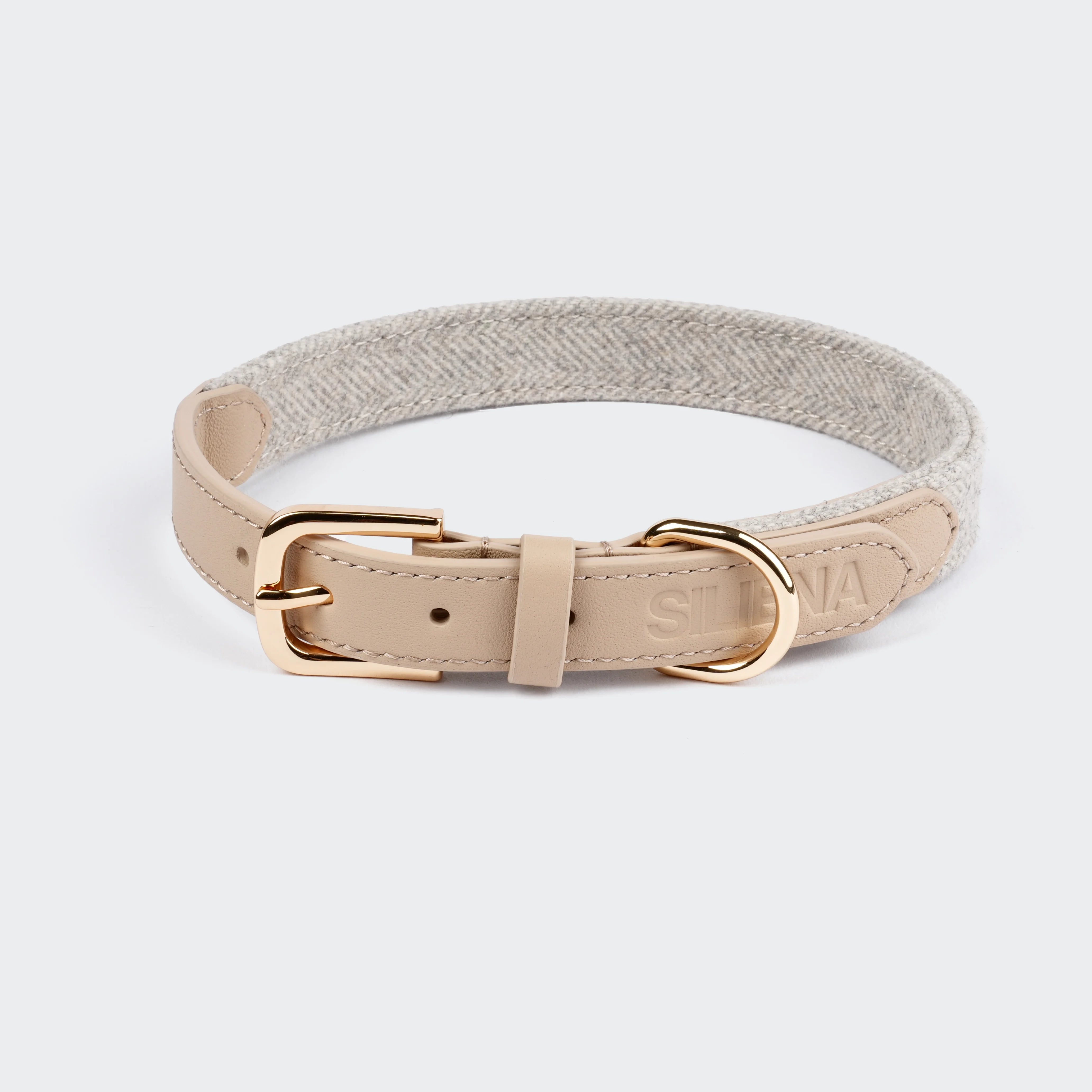
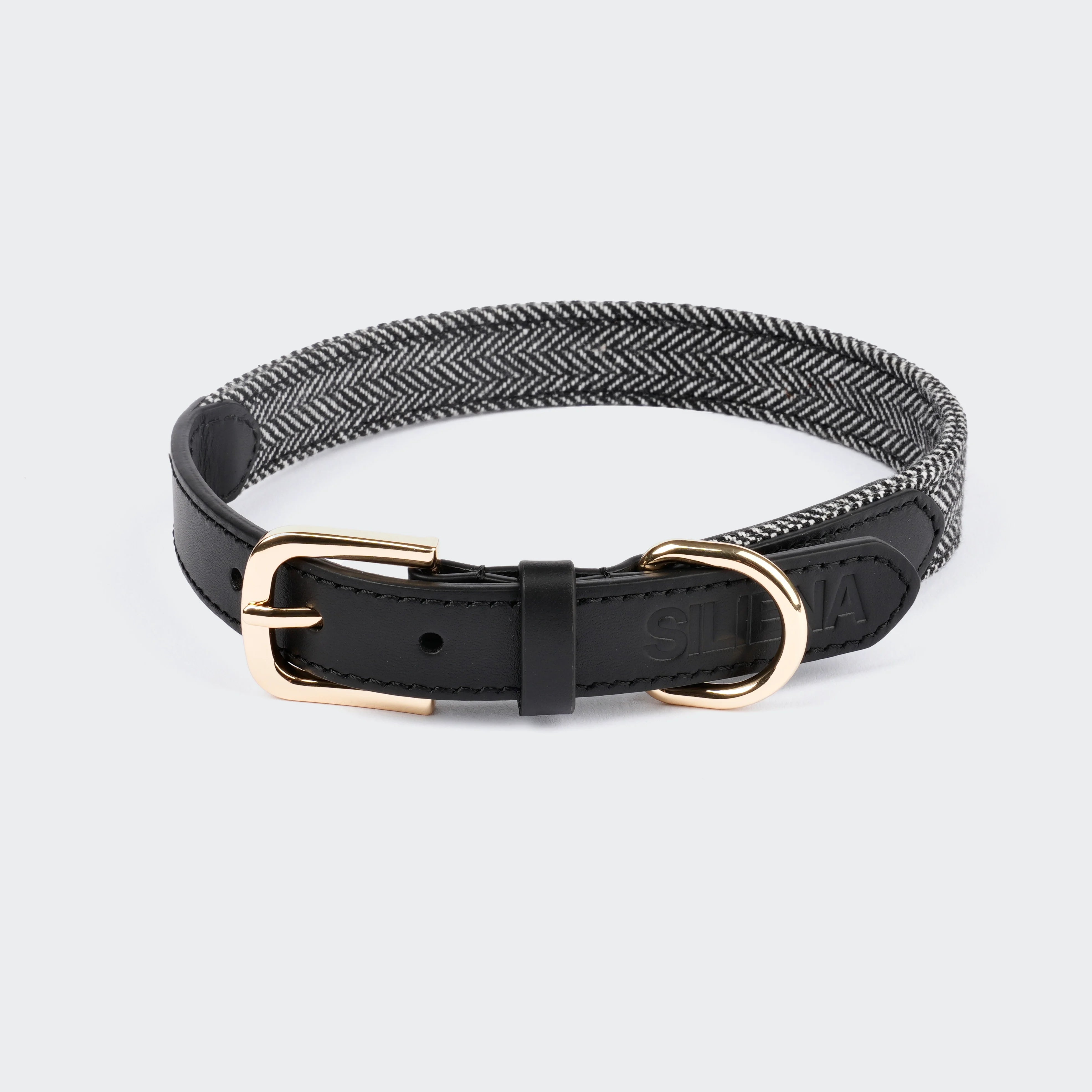
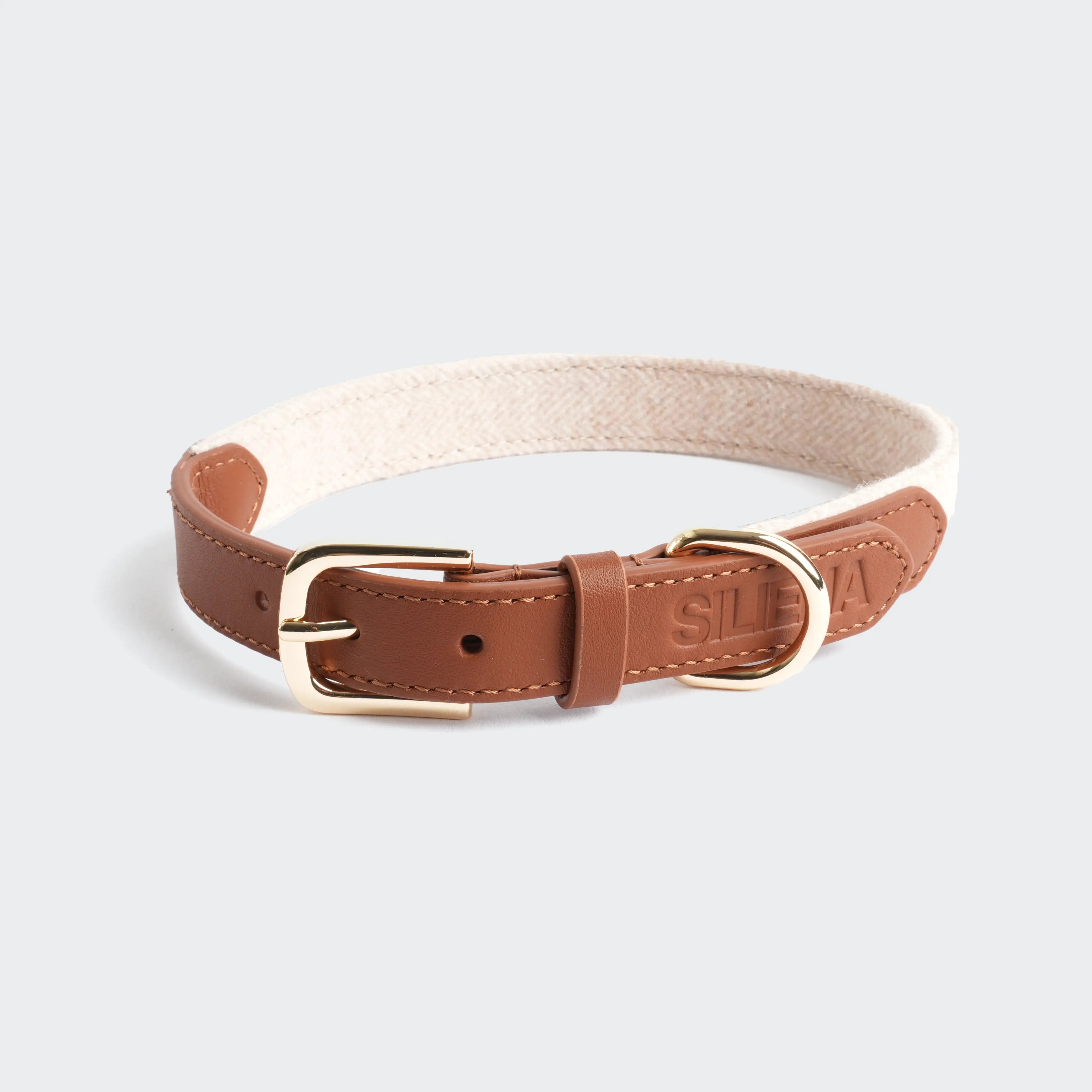
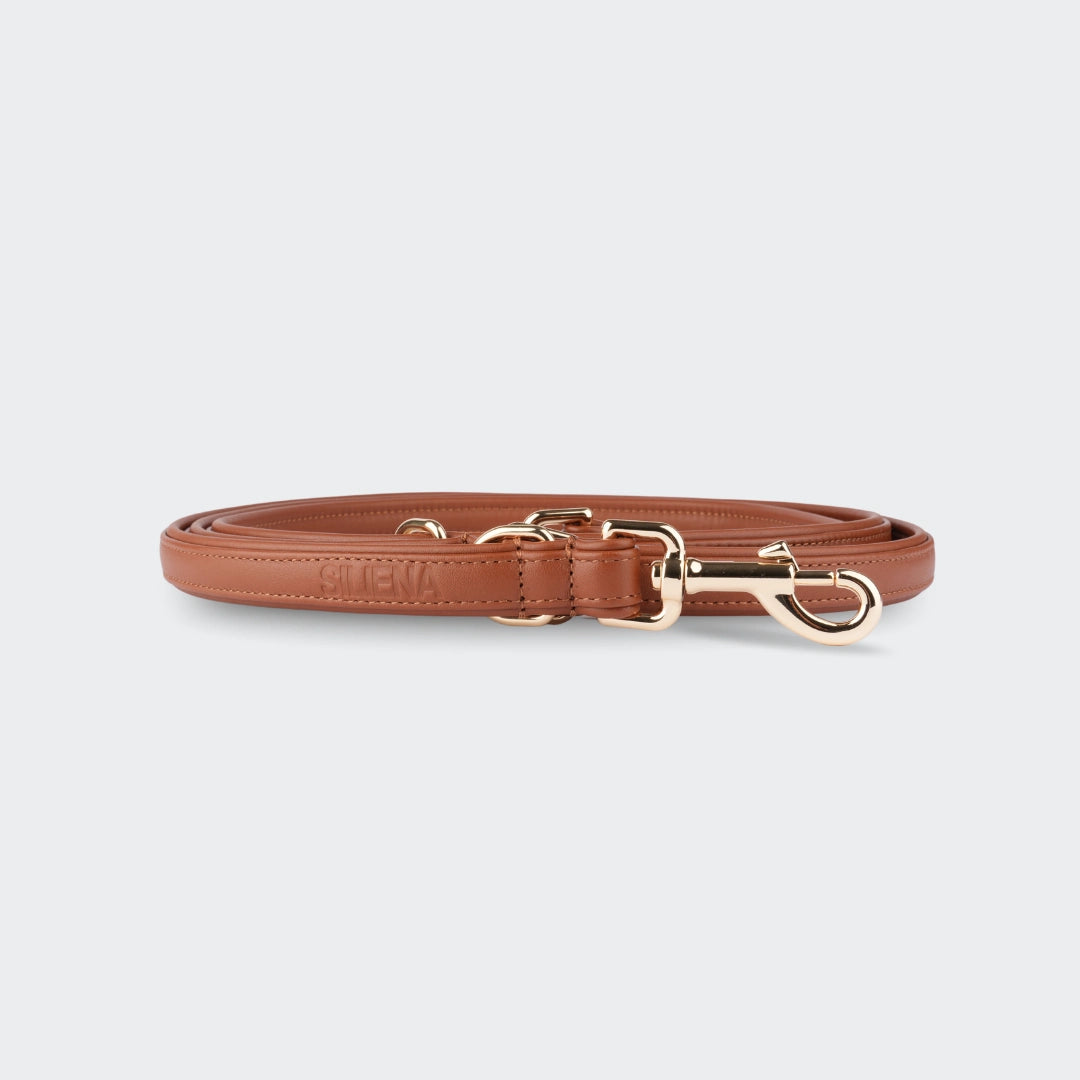
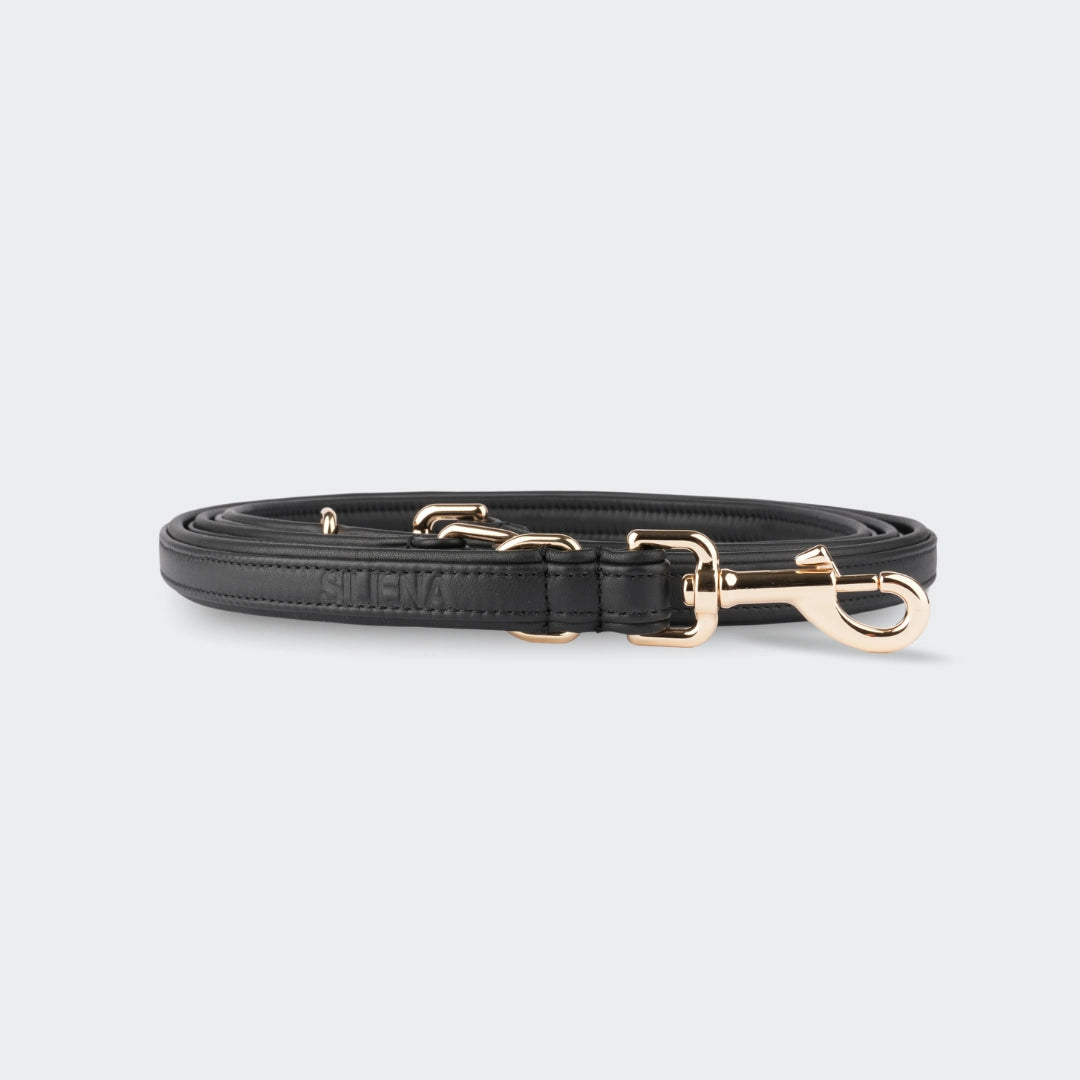
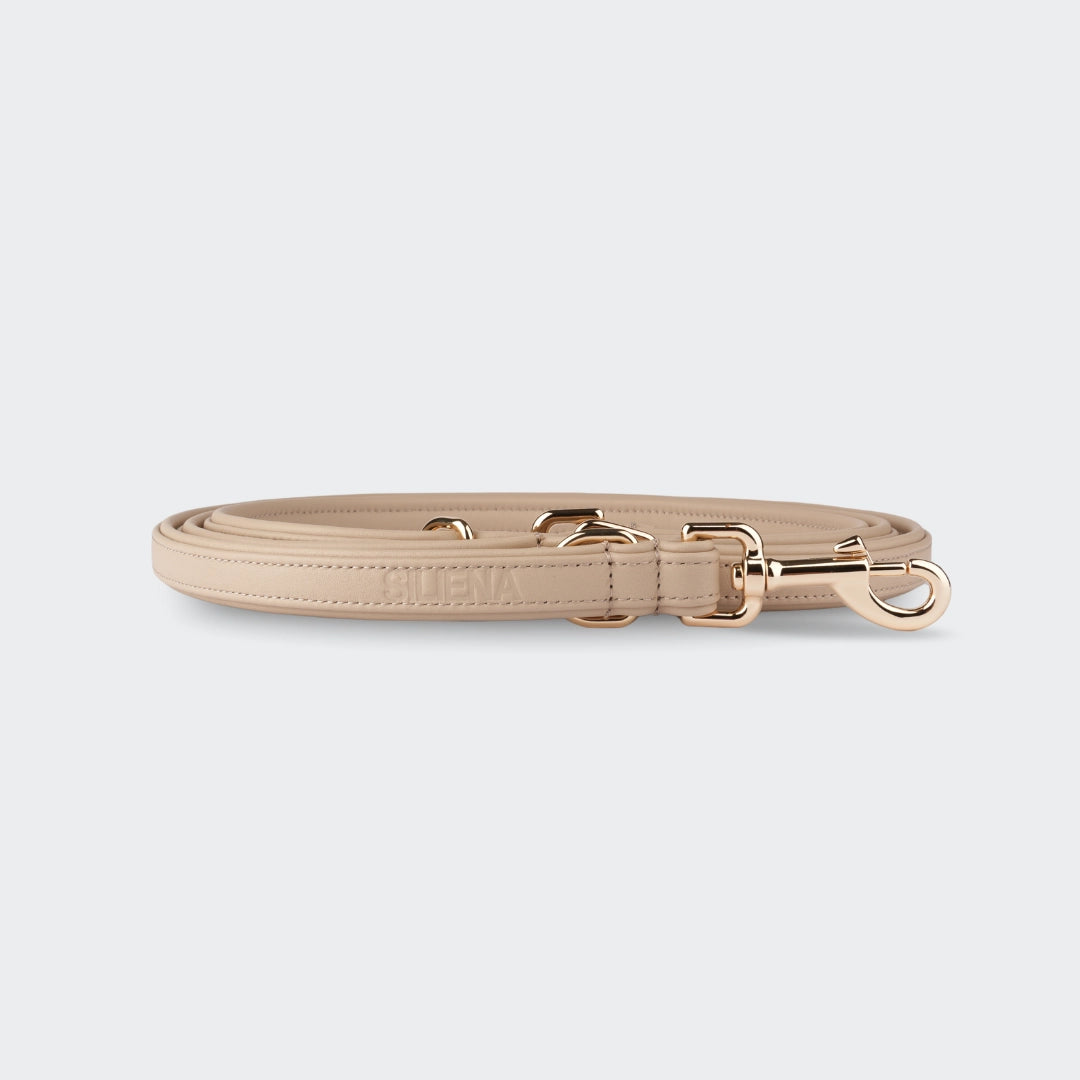
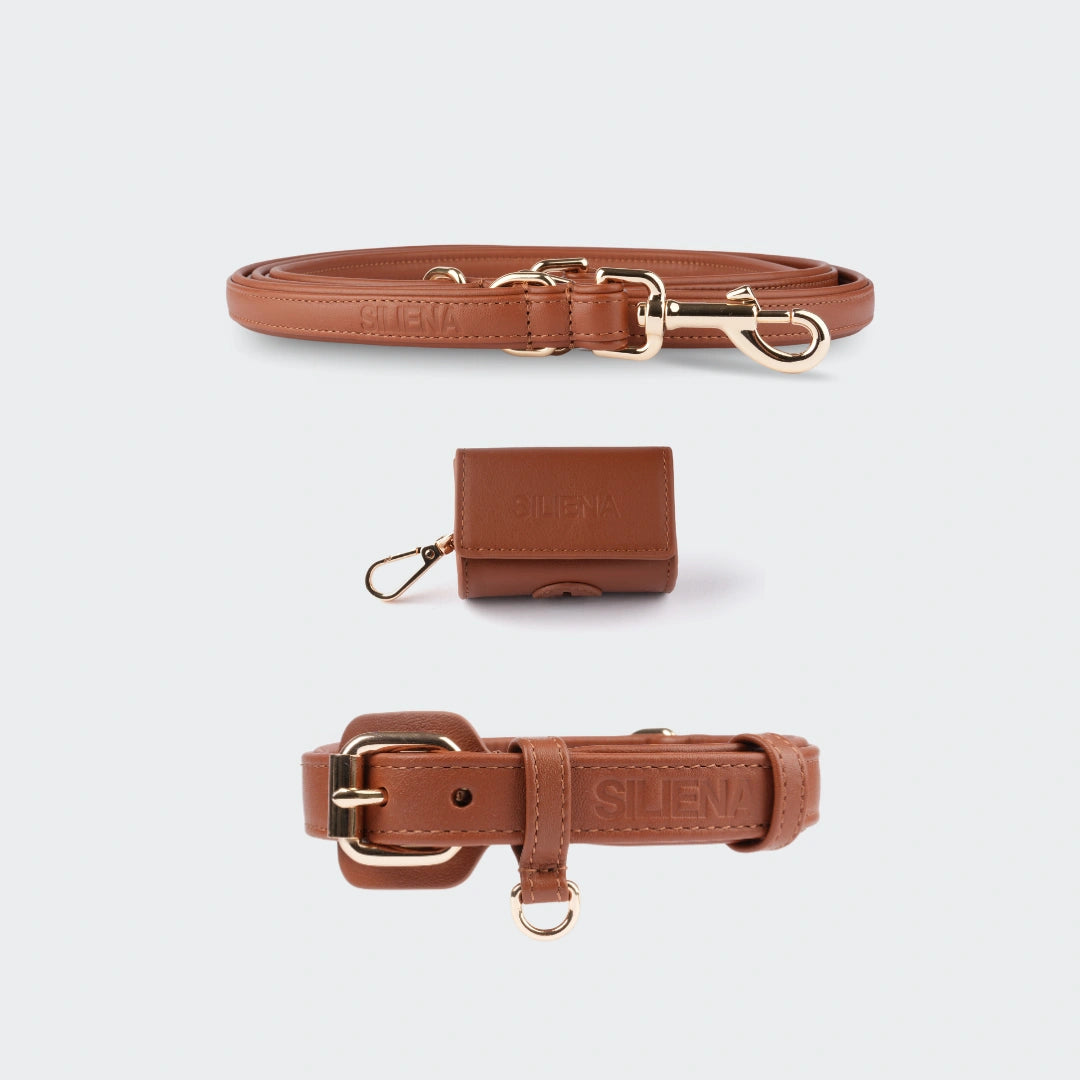
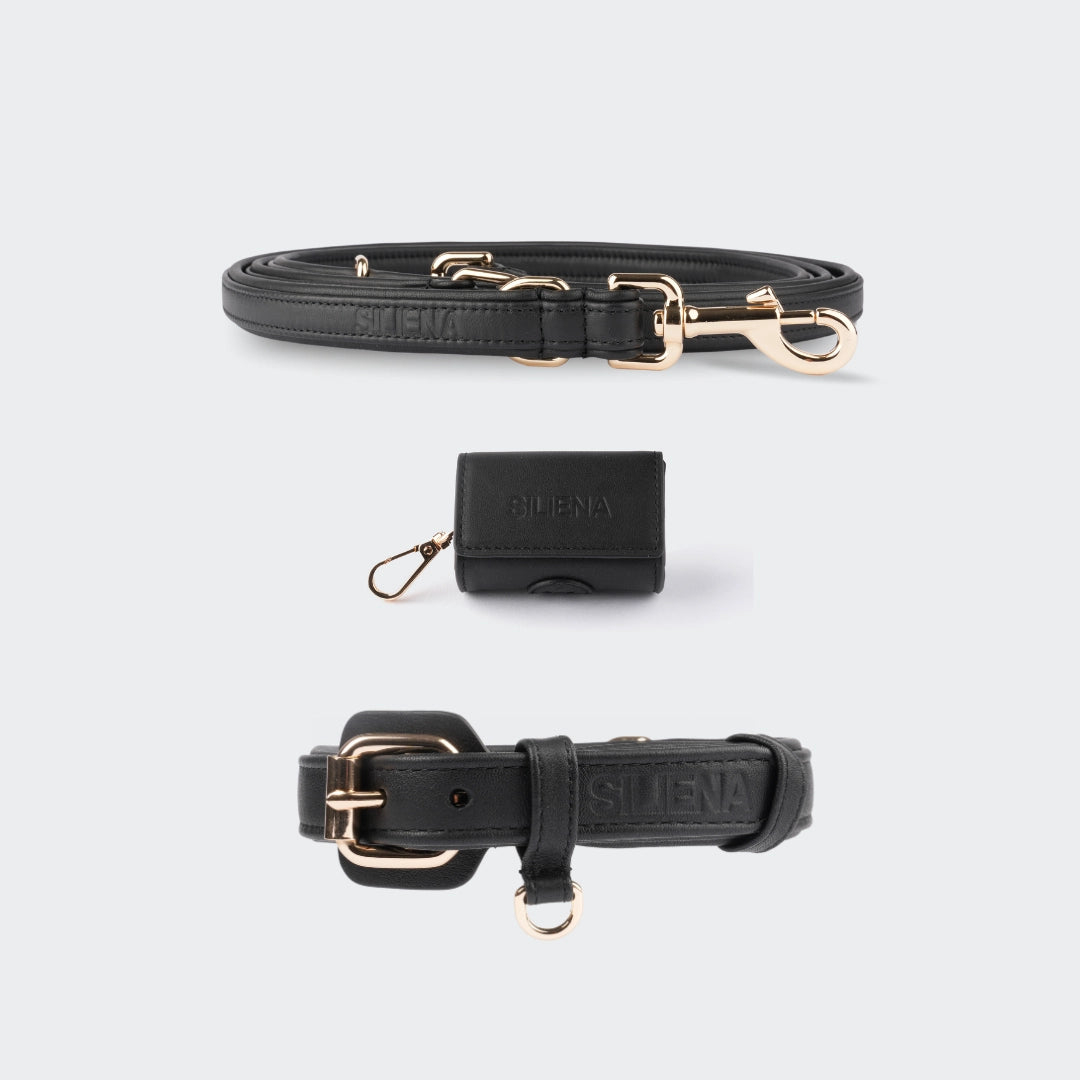
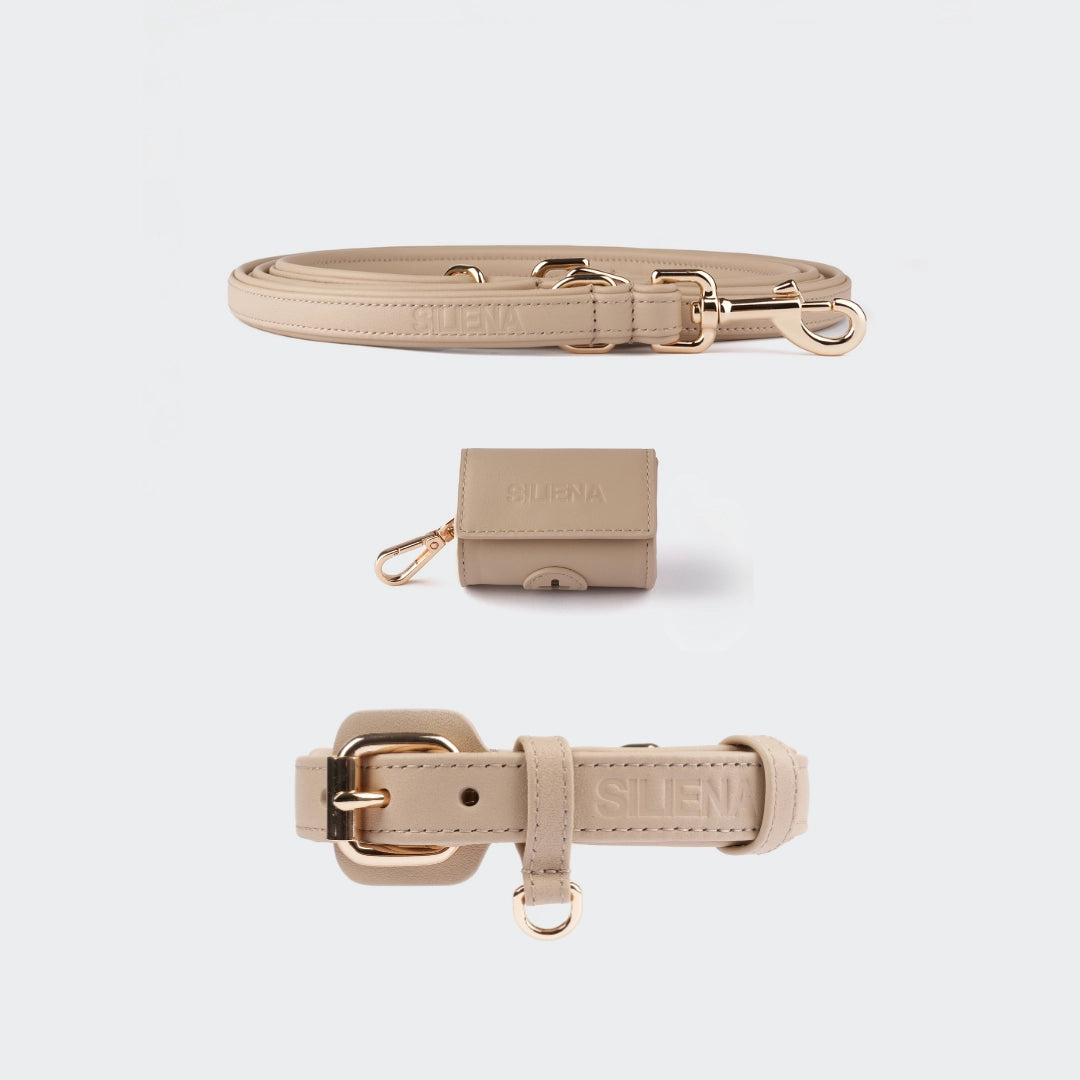
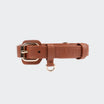
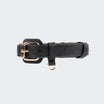

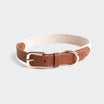
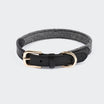
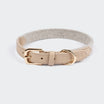

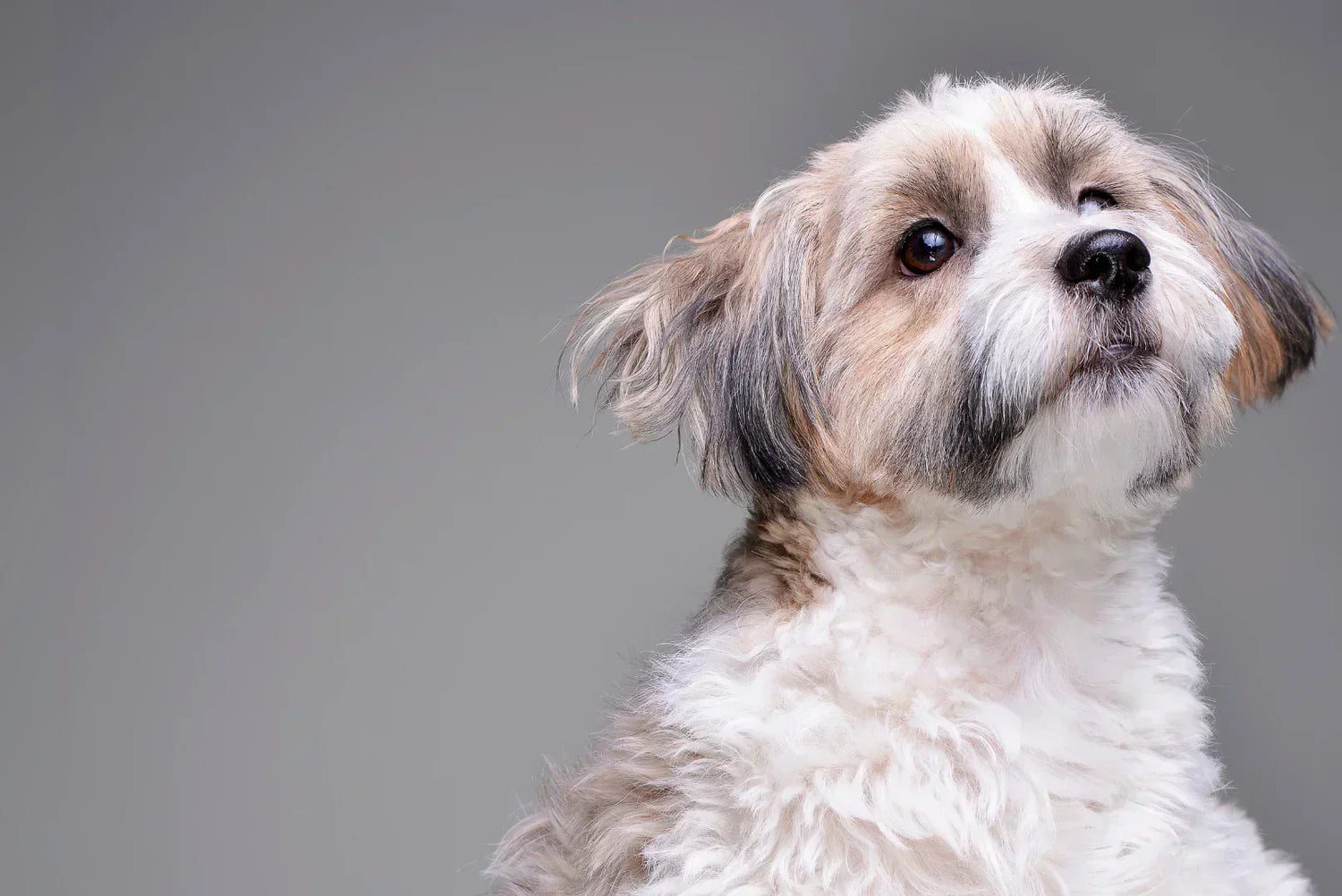
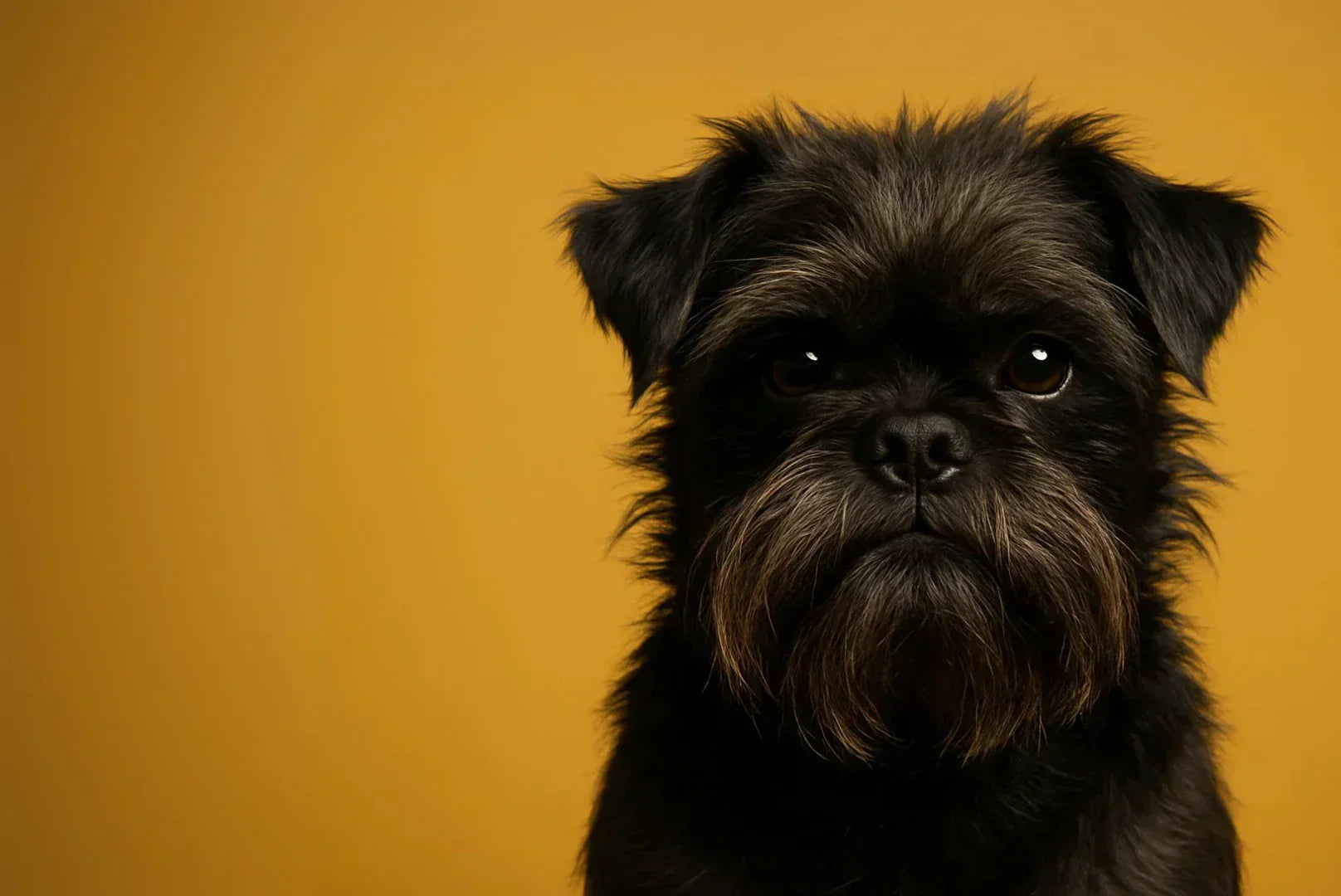
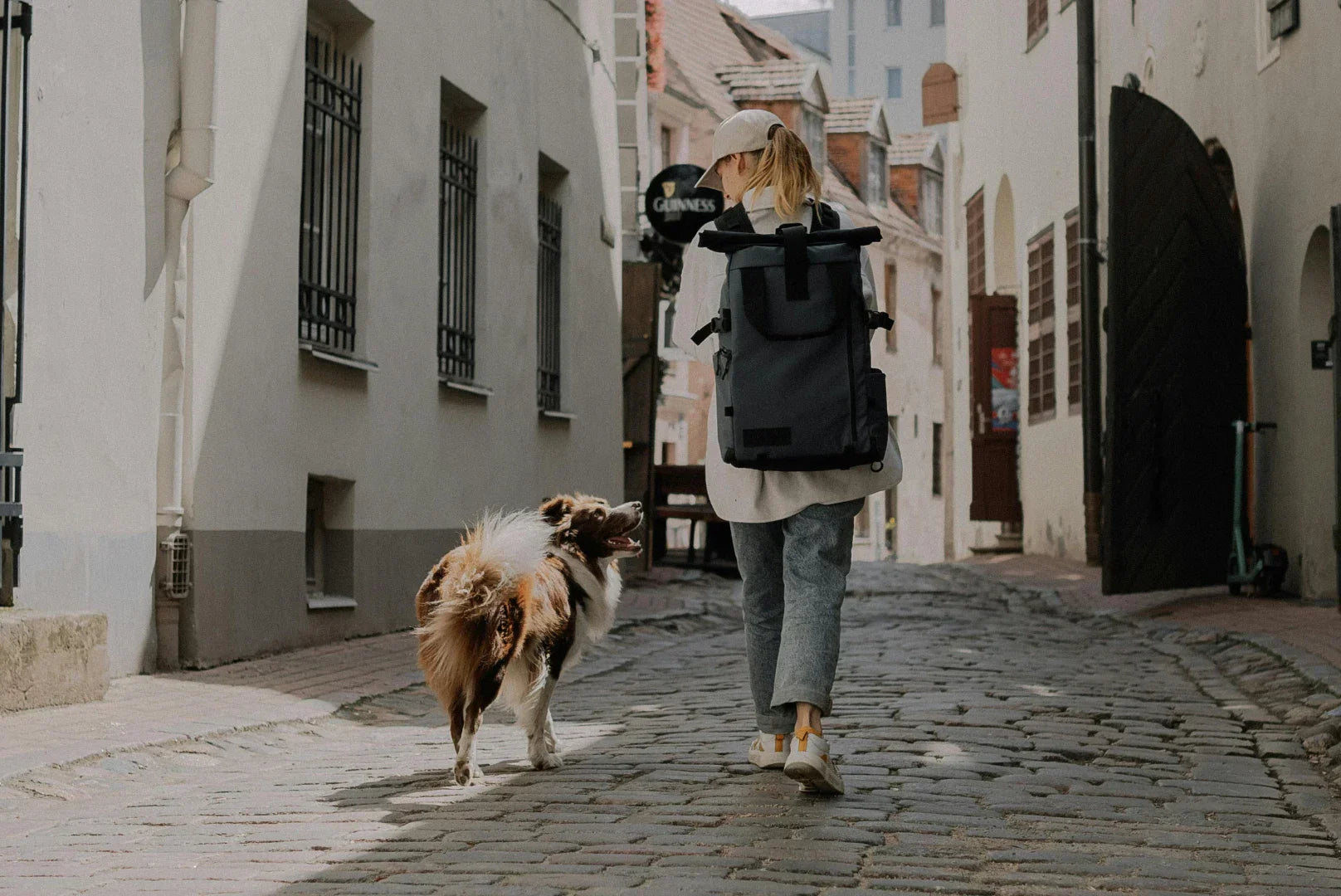


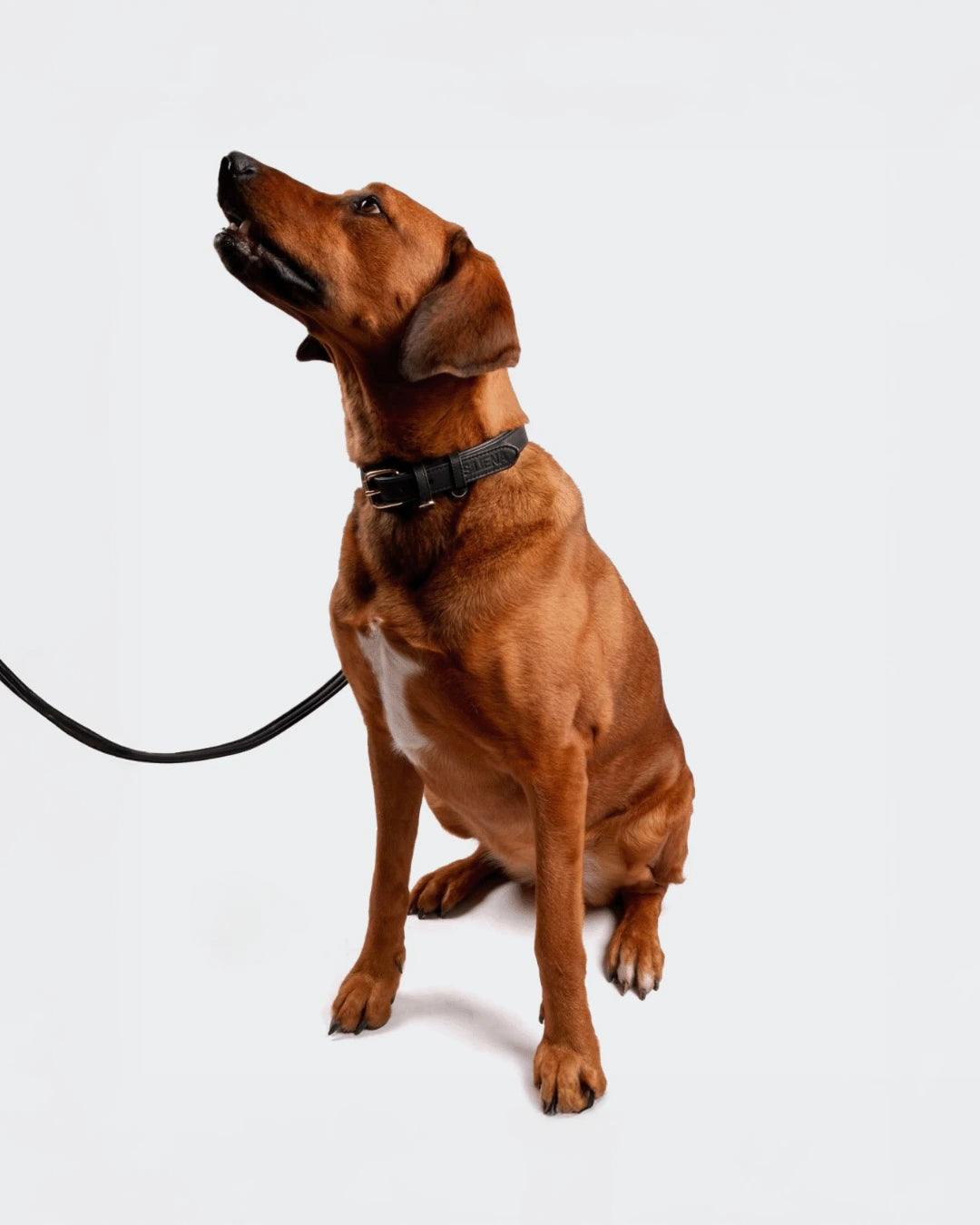
Leave a comment
This site is protected by hCaptcha and the hCaptcha Privacy Policy and Terms of Service apply.